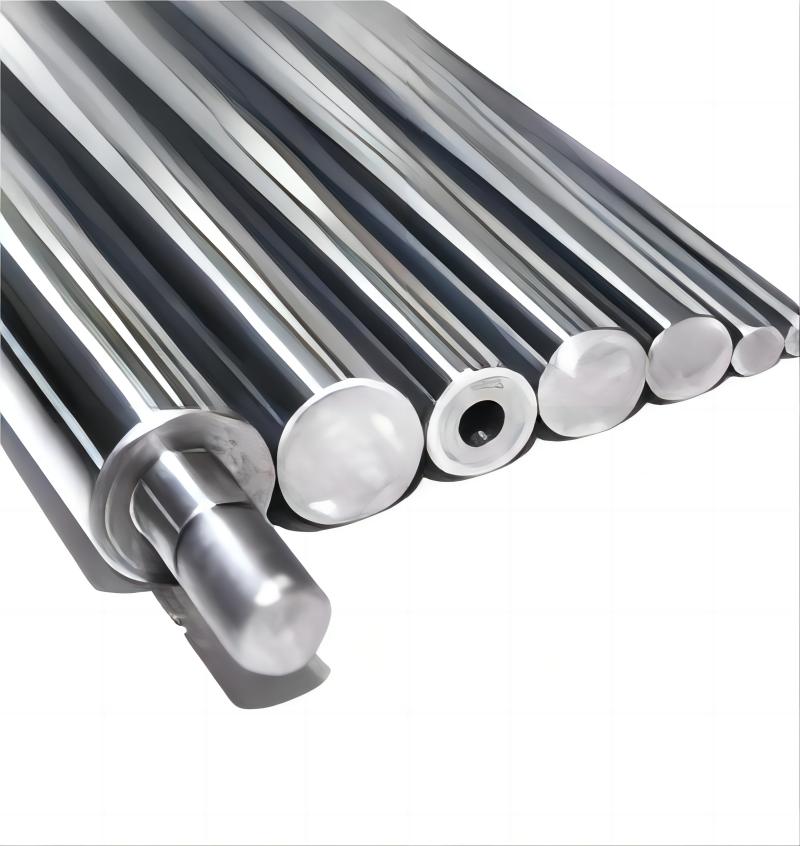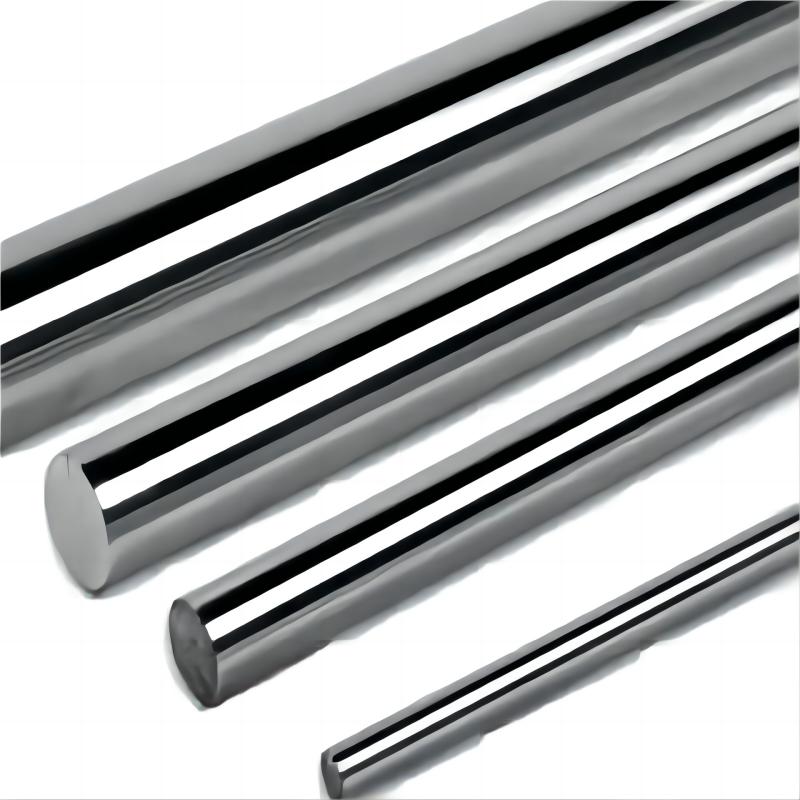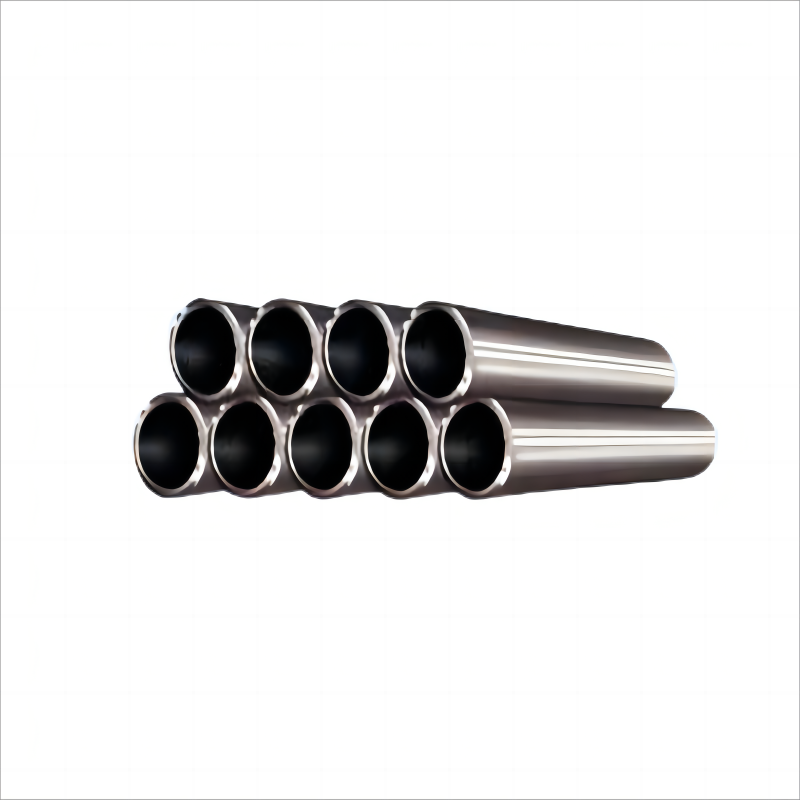
The Genius Design Principles Behind Top-Performing Piston Rods
2024-07-16 07:48:34
Introduction
In the world of machinery and automotive engineering, the design of piston rods is critical to the overall performance and durability of engines and other mechanical systems. A well-designed piston rod can make the difference between a top-performing machine and one that frequently breaks down. This article delves into the genius design principles behind top-performing piston rods, offering valuable insights for engineers, manufacturers, and purchasing managers in industries such as machinery, automotive, and heavy equipment.
Understanding the Fundamentals of Piston Rod Design
Role of Piston Rods
Piston rods play a pivotal role in converting the energy generated by combustion or hydraulic pressure into mechanical motion. They transmit the force from the piston to the crankshaft, which then converts this linear motion into rotational motion. This process is essential in engines, compressors, hydraulic systems, and more. Without a robust piston rod, the efficiency and reliability of these systems are compromised.
Basic Design Elements
The basic design elements of a piston rod include the material composition, geometry, surface finish, and tolerances. Each of these elements contributes to the overall performance of the piston rod. Understanding how these elements interact is key to designing rods that perform optimally under various conditions.
Material Selection
Importance of Material Choice
The choice of material for piston rods significantly impacts their performance and durability. The material must withstand high stress, extreme temperatures, and corrosive environments. Selecting the right material can enhance the rod’s strength, reduce its weight, and improve its resistance to wear and corrosion.
Common Materials Used
- Steel: Steel is the most commonly used material for piston rods due to its high strength and durability. Alloy steels, in particular, offer excellent resistance to fatigue and wear.
- Aluminum: Aluminum is favored in applications where weight reduction is crucial. Although it is not as strong as steel, it offers a good balance of strength and weight.
- Composites: Composite materials are becoming increasingly popular due to their high strength-to-weight ratio and excellent fatigue resistance. These materials are often used in high-performance applications.
Innovative Materials
Recent advancements in material science have led to the development of new materials that offer superior performance characteristics. For example, titanium alloys provide high strength, low density, and excellent corrosion resistance, making them ideal for aerospace applications. Another innovative material is carbon fiber reinforced polymer (CFRP), which combines high strength with extreme lightness.
Design for Strength and Durability
Stress Analysis
Designing for strength involves conducting thorough stress analysis to ensure the piston rod can withstand the operational loads. Finite Element Analysis (FEA) is a powerful tool used to simulate the stress distribution within the rod. By identifying areas of high stress, designers can optimize the geometry and material distribution to enhance the rod’s strength.
Personal Anecdote: During a project with a leading automotive manufacturer, our team used FEA to redesign a piston rod that was prone to failure. By modifying the geometry and reinforcing critical areas, we extended the rod’s lifespan by over 50%.
Fatigue Resistance
Fatigue resistance is crucial for piston rods subjected to cyclic loading. Designing for fatigue involves selecting materials with high fatigue limits and optimizing the rod’s geometry to minimize stress concentrations. Techniques such as shot peening can also be used to improve fatigue resistance by inducing compressive residual stresses on the surface.
Heat Treatment and Surface Coating
Heat treatment processes like quenching and tempering can significantly enhance the strength and hardness of piston rods. Additionally, surface coatings such as chrome plating or nitriding can improve wear resistance and reduce friction, further extending the rod’s service life.
Weight Optimization
Importance of Weight Reduction
Weight reduction is a critical factor in high-performance applications, such as automotive and aerospace industries. Lighter piston rods contribute to better fuel efficiency, increased speed, and improved handling. However, reducing weight should not compromise the rod’s strength and durability.
Techniques for Weight Optimization
- Material Selection: Using lightweight materials like aluminum or composites can significantly reduce the weight of piston rods without sacrificing performance.
- Structural Design: Optimizing the rod’s geometry to remove unnecessary material while maintaining structural integrity is key. Techniques such as hollowing out the rod or using I-beam cross-sections can effectively reduce weight.
- Advanced Manufacturing: Additive manufacturing (3D printing) allows for the creation of complex, lightweight designs that are difficult to achieve with traditional manufacturing methods.
Precision Engineering and Tolerances
Role of Precision in Design
Precision engineering ensures that piston rods meet strict tolerances, which is essential for maintaining performance and reliability. Tight tolerances reduce the risk of misalignment, wear, and mechanical failure.
Manufacturing Accuracy
Advanced manufacturing processes such as CNC machining and laser cutting offer high precision and repeatability. These techniques ensure that each piston rod meets the exact specifications required for optimal performance.
Personal Anecdote: In my experience, working with a supplier who consistently maintained tight tolerances led to a significant reduction in warranty claims for one of our heavy machinery clients. The precision in manufacturing directly translated to improved reliability and customer satisfaction.
Customization and Flexibility in Design
Benefits of Custom Designs
Custom-designed piston rods tailored to specific applications can significantly enhance performance. Customization allows for the optimization of materials, geometry, and surface treatments to meet the unique demands of each application.
Case Studies of Custom Designs
- Automotive Industry: In high-performance engines, custom-designed titanium piston rods have been used to achieve a perfect balance between strength and weight, resulting in improved acceleration and fuel efficiency.
- Industrial Machinery: Custom piston rods with advanced coatings have been developed for use in corrosive environments, significantly extending their lifespan and reducing maintenance costs.
Innovation in Piston Rod Design
Emerging Trends
The field of piston rod design is continually evolving, with new trends and technologies shaping the future. Some of the latest trends include the use of smart materials that can adapt to changing conditions and the integration of sensors for real-time monitoring of rod performance.
Impact of Technology
Technological advancements such as artificial intelligence (AI) and machine learning are transforming piston rod design. AI can analyze vast amounts of data to optimize design parameters, while machine learning algorithms can predict potential failures and suggest preventive measures.
Collaboration and Cross-Disciplinary Approaches
Interdisciplinary Collaboration
Designing top-performing piston rods requires collaboration between different engineering disciplines, including materials science, mechanical engineering, and manufacturing. This interdisciplinary approach ensures that all aspects of the design are optimized for performance and durability.
Industry Partnerships
Partnerships with material suppliers, manufacturers, and research institutions can drive innovation in piston rod design. These collaborations can lead to the development of new materials, advanced manufacturing techniques, and improved testing methods.
Personal Anecdote: Collaborating with a leading materials research institute on a project led to the discovery of a new coating that significantly improved the wear resistance of our piston rods. This partnership not only enhanced our product but also opened new avenues for future research and development.
Conclusion
The design principles behind top-performing piston rods are a blend of material science, precision engineering, and innovative thinking. By understanding the fundamental design elements, selecting the right materials, optimizing for strength and weight, and embracing new technologies, engineers and manufacturers can create piston rods that excel in performance and durability.






